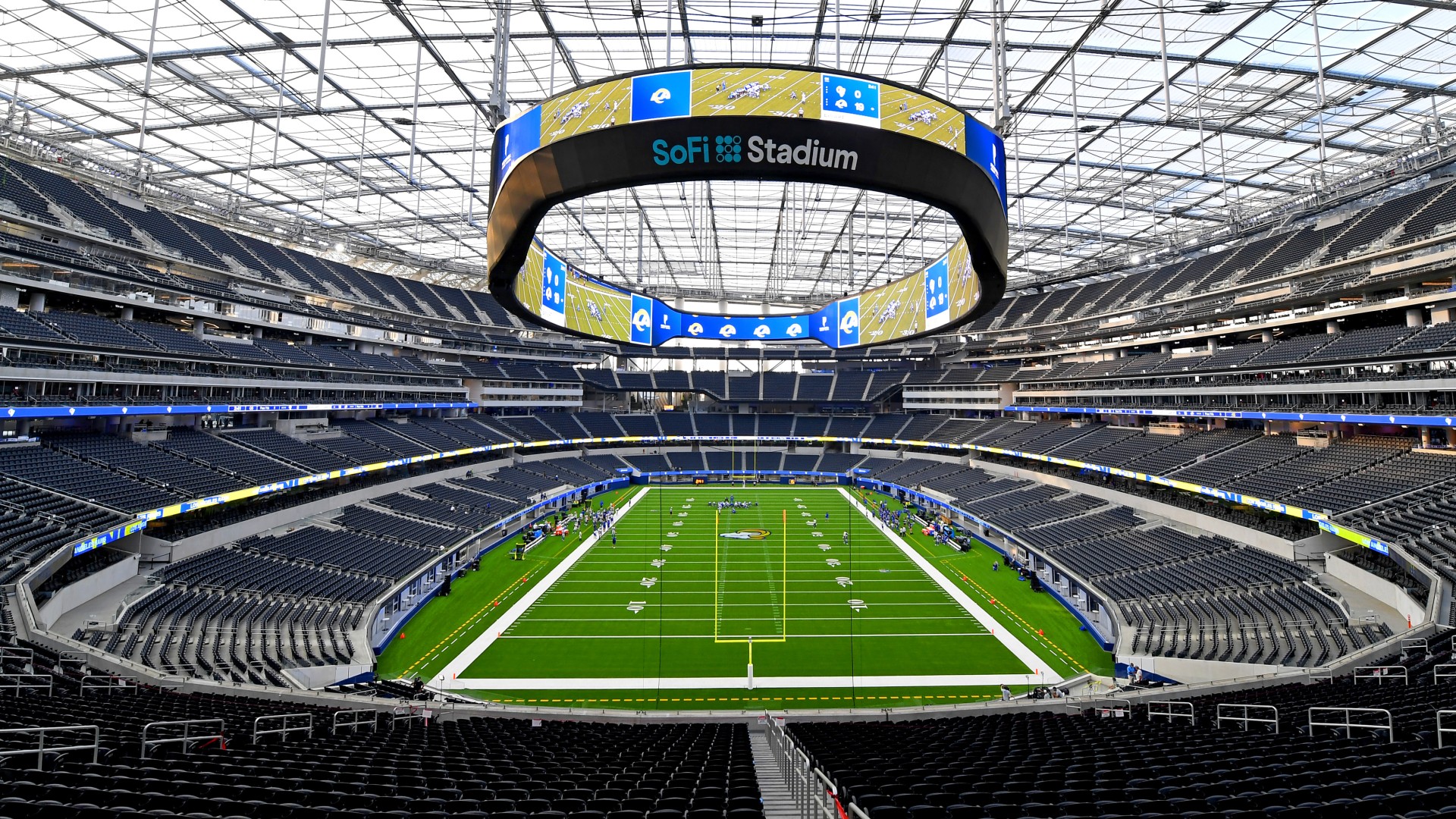
American football is the main sport played in Cleveland, Ohio’s Cleveland Browns Stadium. In addition to hosting concerts, soccer, hockey, college and high school football, and other events, it is the home field of the National Football League (NFL)’s Cleveland Browns. FirstEnergy Stadium was the name given to it from 2013 until 2023. It first opened in 1999. The original seating capacity of 73,200 was published in 2014; however, after the first phase of a two-year refurbishment project, that number was lowered to 67,431. The stadium is located in the North Coast Harbor neighborhood of downtown Cleveland, close to the Great Lakes Science Center, on 31 acres (13 ha) of property between Lake Erie and the Cleveland Memorial Shoreway.
Cleveland Municipal Stadium, also known as Cleveland Stadium, was a multifunctional building constructed in 1931 that housed the Browns from the team’s founding in 1946 until the 1995 season. Cleveland Browns Stadium is situated on the site of Cleveland Stadium. When owner Art Modell revealed he intended to transfer the club to Baltimore during the 1995 season, the city of Cleveland and Browns season ticket holders filed a lawsuit. Cuyahoga County voters approved an extension of the initial 1990 sin tax on alcohol and tobacco products the day after the announcement was made, with the goal of funding upgrades to Cleveland Stadium.
In the end, Cleveland decided to use the proceeds from the sin tax to demolish Cleveland Stadium and construct a new stadium on the same location as part of an arrangement between the NFL, the city, and Modell. The NFL committed to resurrect the Browns by 1999 through expansion or the move of another team, and Modell agreed to give up the Browns name, colors, and legacy in Cleveland and forge a new identity for his team, which would eventually become the Baltimore Ravens. The former stadium’s demolition was finished in early 1997, having started in November 1996. The old stadium’s debris was dipped into Lake Erie and is currently used as an